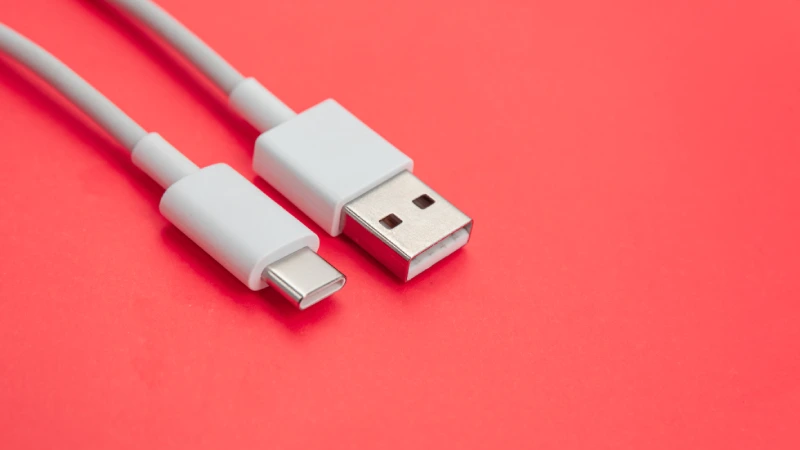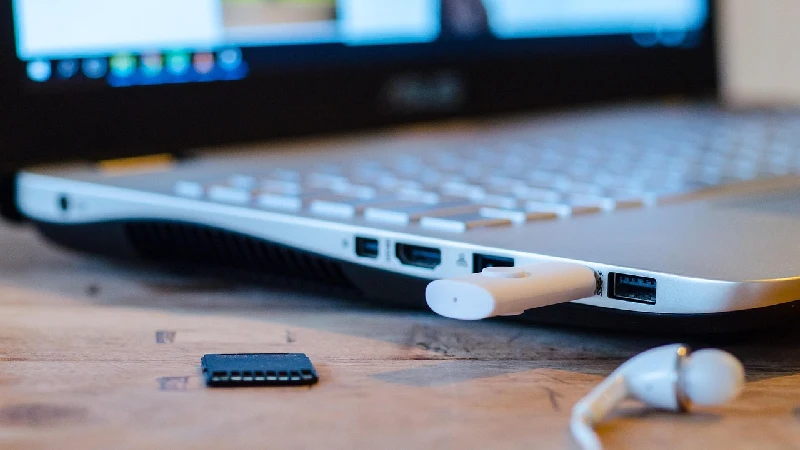Table of Contents
Highlights:
- Versatile Connectivity: Modern USB-C hubs combine HDMI, Ethernet, SD card readers, and multiple USB ports into one compact accessory for work and entertainment.
- Power & Performance: Look for 65-100W of Power Delivery, 4K at 60Hz video output, and 10 Gbps transfer speeds to get the most out of your laptop or tablet.
- Top Brands to Consider: Anker, Satechi, UGREEN, and CalDigit lead with reliable builds, stable connections, and excellent thermal control.
- Festive Buying Tip: Choose a hub based on your workflow. Use travel dongles for portability, mid-range hubs for professionals, and Thunderbolt docks for heavy multitasking.
USB-C multiport hubs have become essential for modern computing. Slim laptops and tablets often have fewer ports, but users still need HDMI ports, Ethernet, SD card readers, and fast charging. During the holiday season, when families and professionals want to upgrade their work-from-home setups or find gifts, a good hub can turn a mobile device into a whole desktop.
This guide looks at the types of hubs available, their key technical differences, their real-world advantages and disadvantages, and how to choose the right model for everyday use cases.
Why a USB-C multiport hub matters now
By 2025, many ultraportable notebooks and tablets will rely on one or two USB-C ports (sometimes Thunderbolt) for everything. A multiport hub makes things easier: it combines power delivery, external displays, wired networking, high-speed storage, and older USB accessories into a straightforward device.
For content creators and hybrid workers who need SD card access, HDMI 4K output, and 60–100W charging simultaneously, the right hub is essential for boosting productivity. Recent reviews show that well-known brands like Anker, Satechi, CalDigit, and UGREEN now offer hubs that balance size and performance better than ever.

USB-C multiport Hub types and how they differ
There are three main types of USB-C hubs that buyers will encounter:
- Compact travel dongles (3–7 ports): These small, portable adapters usually provide one HDMI port, one or two USB-A ports, and pass-through PD charging. They are bus-powered and great for light travel, but they can struggle with multiple high-power devices connected.
- Mid-range desktop hubs (6–10 ports): These hubs include Gigabit Ethernet, SD/microSD card readers, multiple USB-A/USB-C ports, and can support 4K@60Hz HDMI. They offer the best balance for most users, providing larger power delivery (45–100W) and better heat management. Many reviewers recommend options in this category as the best value for daily professional use.
- Thunderbolt/docking stations: These are pricier but offer much more capability, including multiple display outputs, 140W+ charging on flagship docks, PCIe expansion, and support for dual 4K or single 8K displays. They are ideal for power users who need to handle heavy display and peripheral demands, where bandwidth is crucial (like video editors and software developers). Expert lists typically name dedicated Thunderbolt docks as the top choice for desktop replacement setups.
Key specs to check – and why they matter
Not all hubs are the same. Buyers should check a few necessary specifications:
- Power Delivery (PD) wattage: If a laptop requires 65–100 W for full-speed charging, confirm that the hub’s PD passthrough meets that requirement; otherwise, the computer may charge slowly or drain while in use.
- Display support: Look for explicit claims of 4K@60Hz HDMI or DisplayPort; many cheaper hubs only support 4K@30Hz or reduce resolution when PD is active.
- USB speeds: Differentiate between USB 2.0 (low speed), USB 3.2 Gen 1/Gen 2 (5–10 Gbps), and dedicated 10 Gbps ports for fast external SSDs.
- Ethernet and SD card performance: While Gigabit Ethernet is standard, good hubs maintain real throughput; likewise, UHS-II SD readers are faster for photographers than standard UHS-I readers.
- Thermals and build: Aluminum cases disperse heat better; heavy use (charging, video, and transfers) can warm a hub, reducing performance.
Checking these details helps avoid disappointment with a hub that looks good but fails when multiple ports are in use.
Real-world tradeoffs: portability vs capability
Compact dongles excel in portability and low cost, but the laptop’s single downstream port limits their use. One port cannot handle a high-bitrate video feed, power a demanding laptop, and manage several 10 Gbps transfers simultaneously.

Mid-range hubs offer more capacity and sturdier connections; they are better for a fixed desk setup or a travel bag where weight matters less. Thunderbolt docks, although expensive, simplify long-term desk setups by providing near-native PCIe bandwidth and multiple displays with fewer performance issues.
Reviews across publications often recommend mid-range hubs as the best gift for most users during the holiday season – they’re affordable and versatile without the high cost of full docks.
Brand and model recommendations (types, not exhaustive)
Instead of naming one universal best (since use cases vary), it helps to categorize options:
- Best for travelers: A compact 7-in-1 dongle with one HDMI 4K@60 port, PD passthrough (60–85W), an SD slot, and two USB-A ports. Look for an aluminum design and a short, built-in cable.
- Best for hybrid professionals: A hub with 7–10 ports, including Gigabit Ethernet, SD and microSD readers, 4K@60 HDMI, and multiple USB-A/USB-C ports, as well as 85–100W PD passthrough. These provide a strong balance for video conferencing, external drives, and occasional displays. Recent guides often highlight Anker and Satechi models in this area for reliability and quality.
- Best for desktop replacements: A Thunderbolt 4/USB4 dock with multiple display outputs, 100–140W charging, and high-speed ports. Docks from CalDigit and Kensington are frequently mentioned for heavy workloads.
Practical buying tips for the festive season
- Match PD to your laptop: Don’t assume “PD supported” is enough; check the wattage.
- Choose 4K@60 support if you use external monitors: Many hubs quietly downgrade to 30 Hz when PD is active.
- Focus on USB-A/USB-C balance: A single high-speed USB-C port doesn’t replace the need for multiple usable USB-A ports, especially for legacy drives and devices.
- Read real tests for sustained performance: Marketing lists specs; independent reviews reveal how hubs perform with multiple ports in use.

Final verdict
This holiday season, the best USB-C multiport hub is one that fits a buyer’s daily routine, not the one with the longest list of specs. For most shoppers, a mid-range hub with 7–10 ports that delivers true 4K@60 HDMI, reliable Gigabit Ethernet, and 65–100W PD passthrough offers the best value.
Travelers should consider sacrificing a few ports for portability, while desktop power users may want to invest in a Thunderbolt dock. With brands consistently improving designs, buyers who compare real performance, PD ratings, and display support will get a hub that turns a light laptop into a highly productive workstation, a gift many will appreciate long after the holiday season ends.